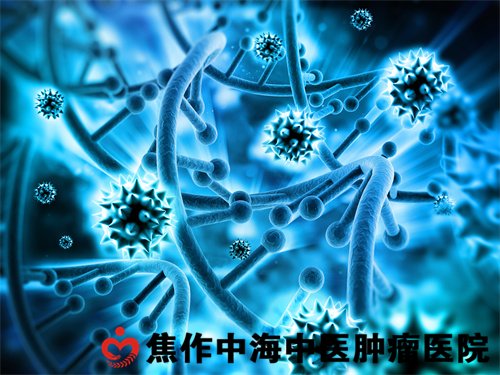Methotrexate is a kind of anti-folic acid anti-tumor drug, which can inhibit the growth of many kinds of animal tumors. Methotrexate acts through competitive inhibition of dihydrofolate reductase. Dihydrofolate reductase is an important enzyme in the synthesis of deoxyribonucleic acid, especially the conversion of folic acid to tetrahydrofolic acid and the methylation of deoxynucleoside to thymidine. Methotrexate selectively acts on the synthetic phase of deoxyribonucleic acid (S phase). The absorption is better after oral administration, and the blood concentration reaches the peak after 30-60 minutes, which is mainly excreted from the urine in the original form, and the excretion in the urine can reach 90% within 48 hours. Methotrexate also has a second action point, that is, the G / S transition period, which also has a direct toxic effect on non-proliferative cells, especially hepatocytes at high doses.
Intravenous drip: 100 mg, twice a week, 6 weeks as a course of treatment.Oral: 10 to 30 mg each time, once a day for 5 days. Depending on the patient's reaction, the course of treatment can be repeated.Adverse reactions: 1 Digestive system reactions: patients developed loss of appetite, nausea, vomiting, oral mucosal erosion, ulcer, infection, epigastric discomfort, pain, acid regurgitation, diarrhea and hematochezia 1-2 days after treatment. 2 inhibition of bone marrow hematopoiesis: leukopenia and fever may occur 2-3 weeks after treatment. Infection, and can appear thrombocytopenia, and cause skin, mucous membrane bleeding. Severe cases can appear three series of blood cells are reduced, resulting in varying degrees of anemia. The recovery was slow after drug withdrawal. 3 injury of liver and kidney function: patients may have elevated transaminase, jaundice, hematuria and blood urea nitrogen during medication. (4) Alopecia: alopecia can occur after medication, and the alopecia is aggravated with the cumulative dose of the drug. 5 A small number of patients developed dermatitis, rash, pigmentation, headache and fever during medication.Note: 1 before and after the application of the drug, a large amount of liquid must be replenished and the urine must be alkalized to promote drug excretion. (2) avoid eating acidic food during medication, so as not to enhance drug toxicity and death. (3) continuous intravenous drip should be avoided so as not to enhance drug toxicity. (4) patients with hepatic and renal insufficiency should be prohibited so as not to increase toxic reactions. (5) the changes of hemogram still need to be observed regularly after drug withdrawal, because there is still a downward trend of hemogram after drug withdrawal, and even patients with aplastic anemia can be found early, early treatment and good prognosis. (6) the drug should be kept away from light to prevent failure.

